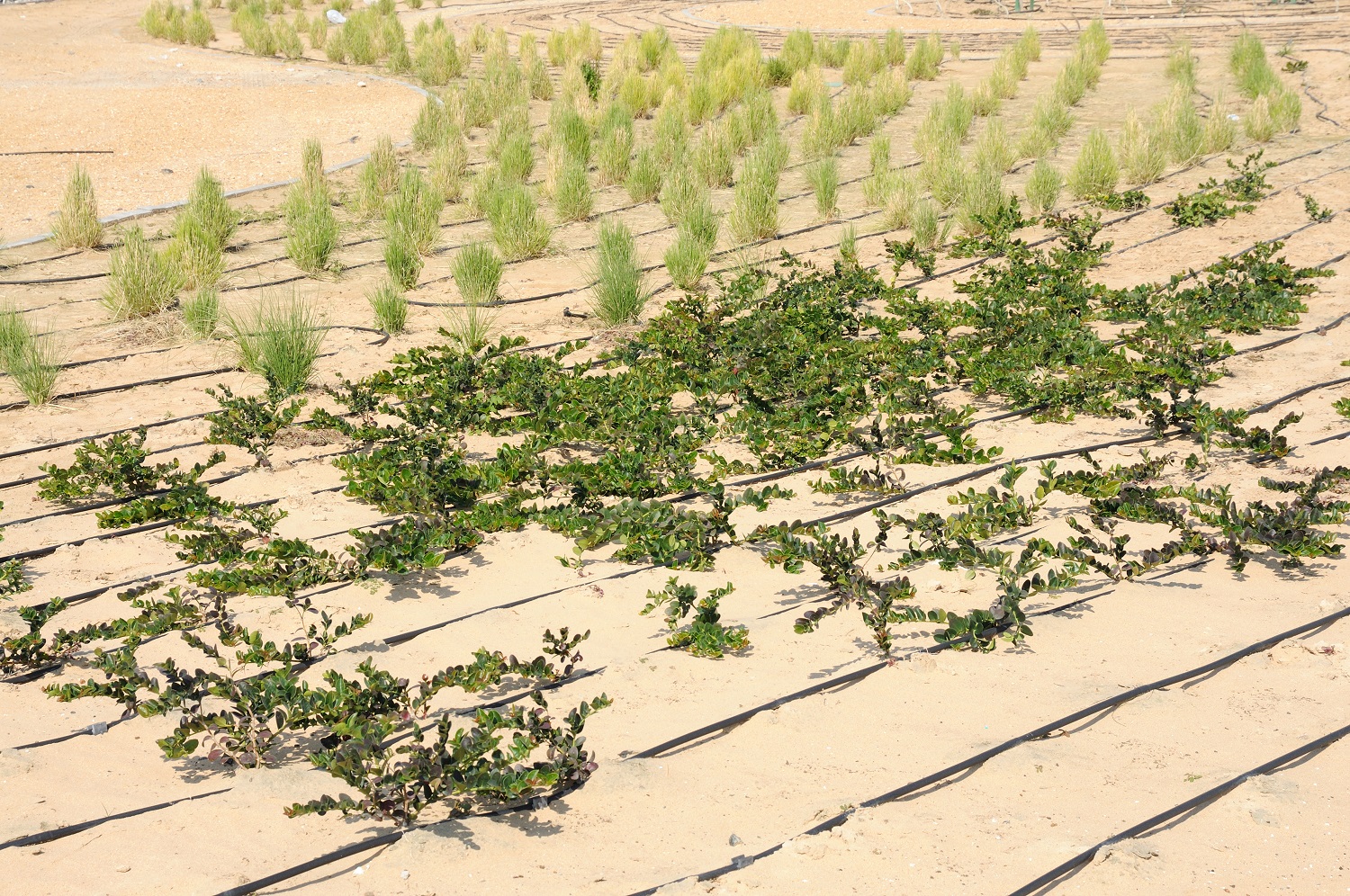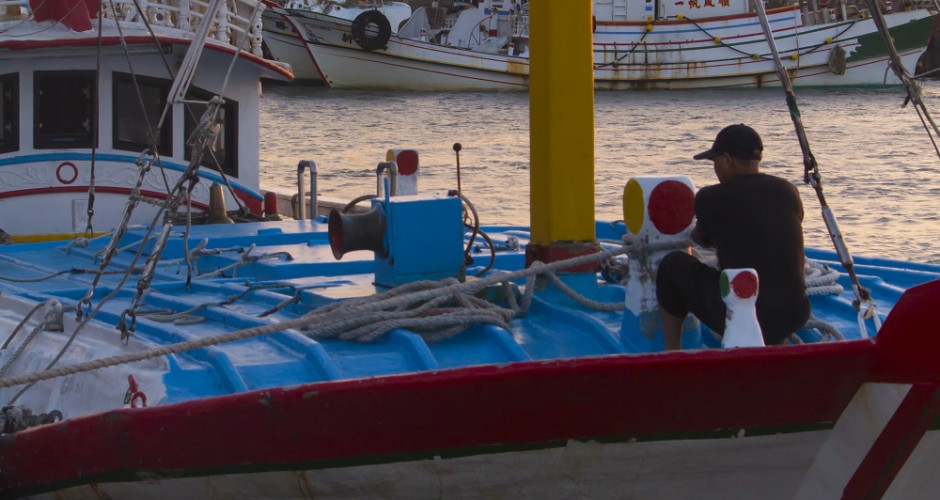If it’s your first visit to Israel or other desert areas in the Middle East, you will definitely find a long black water pipe under trees or bushes next to the road. Those water pipes are not something the worker forgot to take; in fact they’re the secret behind Israel’s annual GDP of 18 billion!
Two-thirds of Israel is covered in deserts. With only 30 days of rainfall per year, Israel still manages to grow plants and vegetables; in fact, they grow so well that even other countries want to import from them. This is all thanks to this unique water-saving method known as drip irrigation. Israelis use this technique to deliver water drip-by-drip to the roots of plants. By replacing traditional irrigation methods with drip irrigation, even dry, desert areas can also grow fresh fruit and vegetables. Only plants need water, soil doesnʼt; but most irrigation methods waste water on soil which doesnʼt help plants at all. Igal Aisenberg, CEO of worldwide leader in drip irrigation, Netafirm, explains the essence of drip irrigation. This technique was discovered when a farmer, in need of water to irrigate crops, found that the plants by a broken water pipe grew particularly well.
As technology advances, many water-saving techniques have emerged. For example, seawater desalination devices turn wastewater into pure water, allowing drought-stricken countries that border oceans to use seawater and solve water shortage problems. Another example is the atmospheric water generator developed by local governments in Africa, a miraculous device that extracts water vapor from air and transforms it into drinking water.
Nations around the world are constantly trying to find different solutions to tackle water shortages, and some of those methods are even used by other waterstressed regions. For residents living in those regions, life without water has become a part of their lives. However, because of the environment they are forced to live in, astonishing water-saving techniques have emerged. So, when we are worrying about the lack or water, we can also look at how other countries suffering worse conditions than us deal with the challenges the environment bring them.



